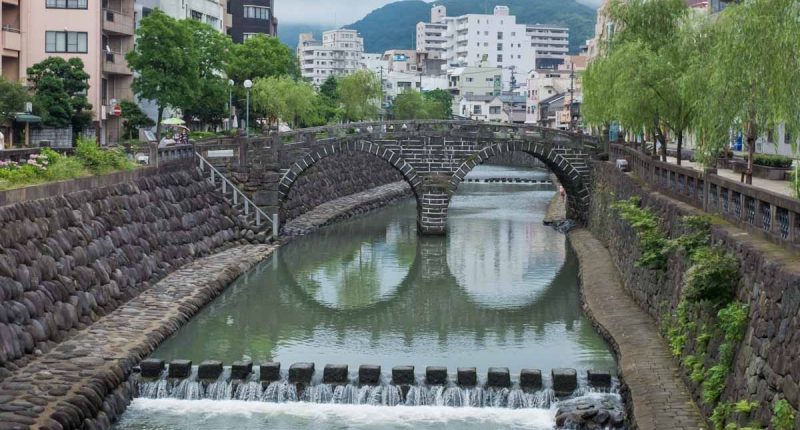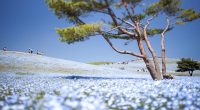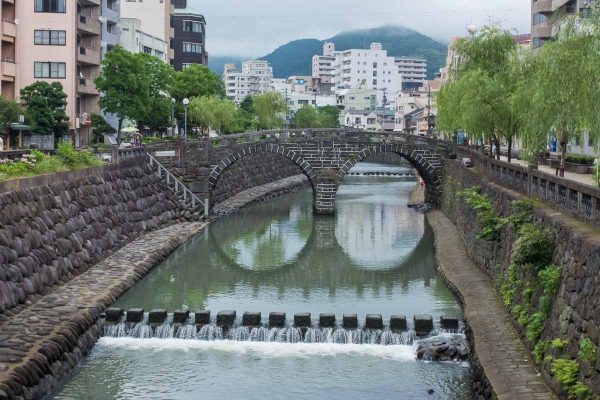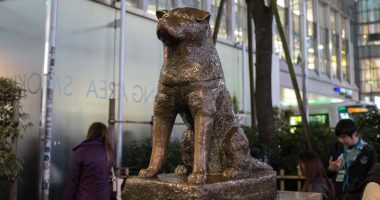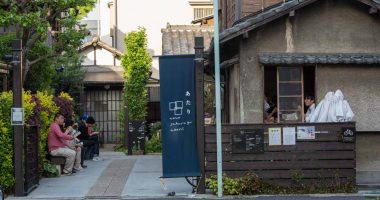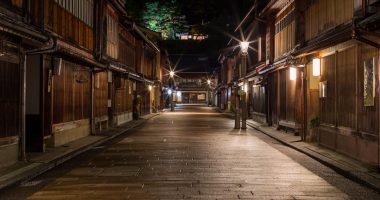Meganebashi (眼鏡橋), sometimes known as “Spectacles Bridge”, gets this name from the distinctive double arches that, when reflected in the calm water of the Nakashima River, forms two circles that looks from a distance like a pair of glasses. The bridge was built in 1634 under the eye of a Chinese monk who would go on to become resident priest of Kofukuji Temple. Flooding damaged the bridge in 1982, washing away some of the stones, but it was restored to its original appearance thereafter. Today it is a designated Important Cultural Property.
While the bridge is the highlight, it is worth making a stroll up and down either side of the river. The other bridges are also worth seeing and the surroundings are peacefully away from the main road.
